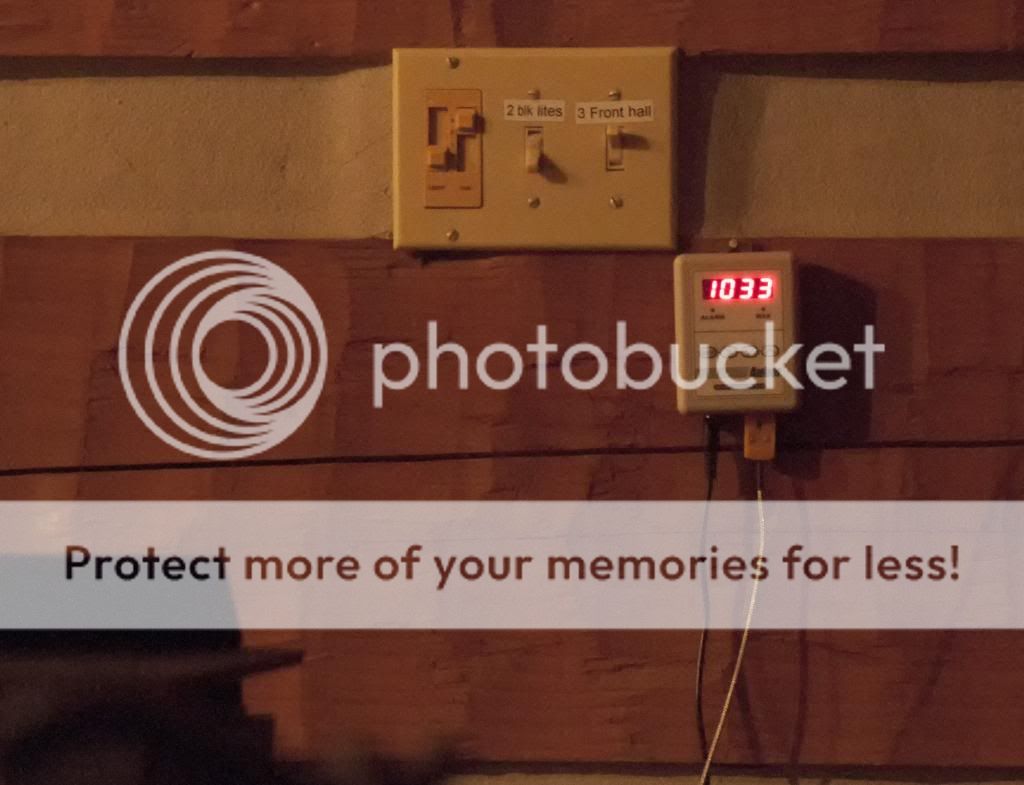I just got home and found our stove doing this. My wife had been going through the woodpile picking the smaller rounds when she discovered they produce a hotter fire. She says she had done this 3 or 4 times and it worked good. These are from the top branches of standing dead elms after a 2 year drought, about as dry as you can get. I had the alarm on the pyrometer set for 950F which she said annoyed her. I explained why she shouldn't do this anymore and all is good. In the pictures at the time the stove top was well over 800F and the pyrometer registered a high temp of 1140F 18 inches above the stove in double wall pipe. With 4 fans running counting the ceiling fan it still took 20 minutes to get the pipe temp below 800F. All five of the secondary burn pipes were ripping which was kind of neat to see.
There is a face in the flames!


There is a face in the flames!







